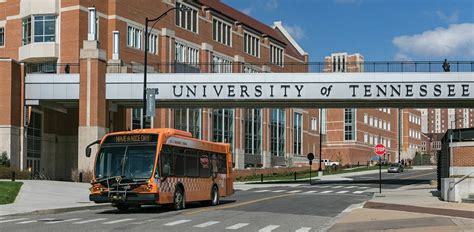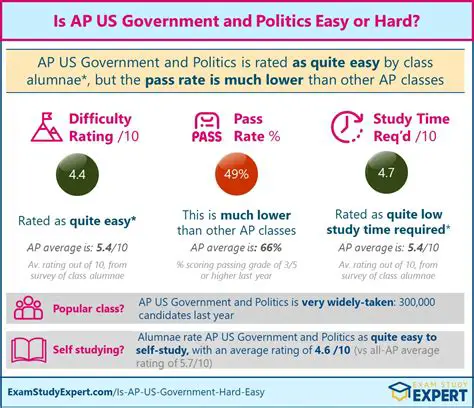Introduction
Tracking polls, a valuable tool in political science, provide insights into public opinion and voting behavior over time. They allow political scientists, candidates, and campaigns to understand how the electorate’s views evolve and respond to events. This article aims to provide a comprehensive definition and exploration of tracking polls, their methodologies, applications, and limitations.

Definition of Tracking Polls
Tracking polls are research surveys conducted regularly over an extended period, typically during election campaigns or on specific policy issues. They track changes in public opinion by measuring the support for candidates, parties, or policies at multiple time points. This allows researchers to identify trends, assess the impact of events, and make predictions about future outcomes.
Methodologies of Tracking Polls
Tracking polls utilize various methodologies to gather data. The most common approaches include:
- Telephone Surveys: Pollsters contact respondents over the phone, asking them questions about their opinions.
- Online Surveys: Respondents access surveys through internet platforms and complete them online.
- Mail Surveys: Questionnaires are sent to respondents via mail, and they return them once completed.
- In-Person Surveys: Interviewers conduct surveys with respondents in person, such as at shopping malls or other public places.
Applications of Tracking Polls
Tracking polls have numerous applications in politics and government:
- Campaign Monitoring: Candidates use tracking polls to gauge public support, identify weaknesses, and adjust their strategies accordingly.
- Policy Evaluation: Policymakers use tracking polls to assess public support for specific policies and make informed decisions.
- Media Analysis: Journalists and analysts rely on tracking polls to report on the latest public opinion trends and analyze their implications.
- Academic Research: Political scientists use tracking polls to study voting behavior, campaign effects, and the dynamics of public opinion.
Value of Tracking Polls
Tracking polls offer several valuable insights:
- Trend Identification: They reveal changes in public opinion over time, showing how support for candidates, parties, or policies fluctuates.
- Issue Saliency: They identify the most important issues to voters, highlighting potential areas of public concern.
- Candidate Performance: They assess the perceived strengths and weaknesses of candidates, providing feedback on their campaigns.
- Predictive Potential: Tracking polls can be used to make informed predictions about election outcomes or policy approval ratings.
Limitations of Tracking Polls
While tracking polls are helpful tools, they also have limitations:
- Sampling Error: Tracking polls are based on a sample of the population, which may not perfectly represent the entire electorate.
- Response Bias: Respondents may provide inaccurate or biased answers, leading to potential distortions in the data.
- Polling Error: The margin of error associated with tracking polls can influence the reliability of their findings.
- Lagging Indicator: Tracking polls reflect current public opinion, but they may not fully capture changes that occur between polling periods.
Ethical Considerations
Tracking polls raise ethical concerns, particularly regarding:
- Data Privacy: Pollsters must adhere to ethical guidelines to protect the privacy of respondents and the confidentiality of data.
- Questioning Practices: The wording of survey questions can influence responses, so pollsters must use unbiased language and avoid leading questions.
- Publication Responsibility: Media outlets should exercise caution when reporting on tracking poll results, ensuring accurate interpretation and context.
Tips and Tricks
To maximize the effectiveness of tracking polls:
- Compare Results: Consider the findings of multiple tracking polls to verify trends and minimize the impact of sampling error.
- Understand Methodology: Examine the sampling methods, response rates, and margin of error to assess the credibility of a poll.
- Identify Bias: Look for any potential sources of bias, such as the sponsor of the poll or the affiliation of the polling organization.
- Interpret Cautiously: Avoid making definitive conclusions based solely on a single tracking poll; instead, interpret results in the context of larger trends.
Table of Example Tracking Polls
| Pollster | Type | Frequency | Sample Size |
|---|---|---|---|
| FiveThirtyEight | Phone, online, in-person | Weekly | 30,000 |
| Gallup | Phone, online | Daily | 500 |
| Pew Research Center | Phone, online | Quarterly | 1,500 |
| Ipsos | Online | Bi-monthly | 2,000 |
Table of Tracking Poll Applications
| Application | User | Purpose |
|---|---|---|
| Campaign Monitoring | Candidates | Gauge public support, identify weaknesses |
| Policy Evaluation | Policymakers | Assess policy approval ratings, make informed decisions |
| Media Analysis | Journalists | Report on public opinion trends, analyze election outcomes |
| Academic Research | Political scientists | Study voting behavior, campaign effects, public opinion dynamics |
Table of Tracking Poll Value
| Value | Insight | Importance |
|---|---|---|
| Trend Identification | Fluctuating support for candidates, parties, policies | Provides perspective on evolving public opinion |
| Issue Saliency | Most important issues to voters | Highlights public concerns, influences policy decisions |
| Candidate Performance | Perceived strengths, weaknesses of candidates | Offers feedback on campaign strategies, influences voter behavior |
| Predictive Potential | Informed predictions about elections, policy approval | Helps stakeholders plan, anticipate outcomes |
Table of Tracking Poll Limitations
| Limitation | Potential Impact | Mitigation Strategy |
|---|---|---|
| Sampling Error | Inaccurate representation of the electorate | Increase sample size, use multiple polling methods |
| Response Bias | Biased responses | Use unbiased question wording, minimize interviewer effects |
| Polling Error | Margin of error | Report confidence intervals, consider multiple polls |
| Lagging Indicator | May not capture recent changes | Conduct polls more frequently, track trends over time |
Conclusion
Tracking polls play a crucial role in modern politics and government, providing valuable insights into public opinion and voting behavior. By understanding their methodologies, applications, and limitations, individuals can better evaluate and utilize tracking poll data to stay informed, make informed decisions, and contribute to the democratic process.
